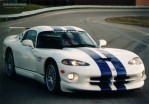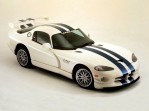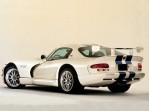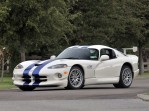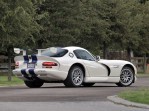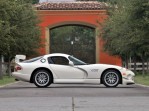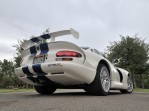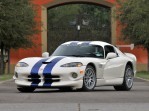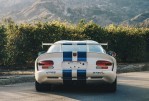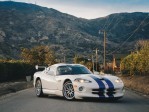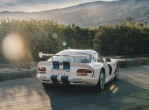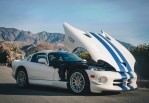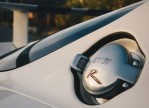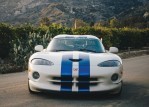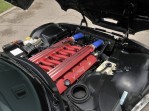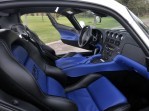Body style: Coupé (two-door)
Segment: Exotic
Production years: 1999
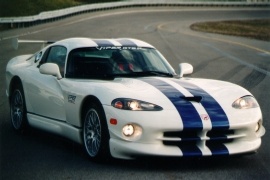 38 Photos
38 PhotosDodge won the 1997 FIA GT2 Championship and did-it again in 1998, so the carmaker decided that it could build a special street-version of the winning car: the 1999 Viper GT2.
Whether Dodge dropped a V-10 engine under the hood of a sports car or built an oversized go-kart around that powerplant, the result was magnificent. The result was a rocket-car for its times, and the Viper remained in the Motorsport History as the David that defeated Porsche Goliath on its game. Worth mentioning that in 1998, Viper Team Oreca won nine out of ten races of the FIA GT2 Championship. Dodge took the 1-2 class win at the 1998 24h LeMans race to seal its racing capability. Doge celebrated that incredible performance by building 100 road-cars that resembled the racing vehicles.
First of all, they were all white with two blue stripes from the nose to the rear wing. Then, it added 18" BBS light-alloy wheels, cast especially for this GT2 and the ACR club-racing editions Vipers. There was a special air-splitter at the front, and on the sides, the carmaker installed ground-effect rocker panels. In the back, Dodge mounted a carbon-fiber wing that stood there just for the looks since it didn't offer downforce or lift.
While Dodge made the exterior resemble the race-car version, the interior looked more civilized, at the mid-way between the race- and the street-version. A five-point harness was fitted as standard. The GT2 version featured leather-wrapped sports-bucket seats with black bolstering and blue mid-sections. Worth mentioning the white dials in the instrument cluster and, of course, the small metallic badge on the center console.
Under the hood, Dodge squeezed more power and torque from the massive 8.0-liter engine. Thus, it resulted in the quickest Viper from its times.
DODGE Viper GT2 1999
- 8.0L V10 6MT (460 HP)
DODGE Viper GT2
8.0L V10 6MT (460 HP)
ENGINE SPECS - 8.0L V10 6MT (460 HP) | |
|---|---|
| Cylinders: | V10 |
| Displacement: | 7990 cm3 |
| Power: | 338 KW @ 5200 RPM 460 HP @ 5200 RPM 453 BHP @ 5200 RPM |
| Torque: | 500 lb-ft @ 3600 RPM 678 Nm @ 3600 RPM |
| Fuel System: | Electronic Injection |
| Fuel: | Gasoline |
PERFORMANCE SPECS | |
|---|---|
| Top Speed: | 180 mph (290 km/h) |
| Acceleration 0-62 Mph (0-100 kph): | 4.7 s |
TRANSMISSION SPECS | |
|---|---|
| Drive Type: | Rear Wheel Drive |
| Gearbox: | 6-Speed manual |
BRAKES SPECS | |
|---|---|
| Front: | Ventilated Discs |
| Rear: | Ventilated Discs |
DIMENSIONS | |
|---|---|
| Length: | 176.7 in (4488 mm) |
| Width: | 75.7 in (1923 mm) |
| Height: | 47 in (1194 mm) |
| Front/rear Track: | 59.6/60.6 in (1,514/1,539 mm) |
| Wheelbase: | 96.2 in (2443 mm) |
| Cargo Volume: | 9.1 cuFT (258 L) |
| Aerodynamics (Cd): | 0.39 |
WEIGHT SPECS | |
|---|---|
| Unladen Weight: | 3444 lbs (1562 kg) |
| Gross Weight Limit: | 3865 lbs (1753 kg) |
